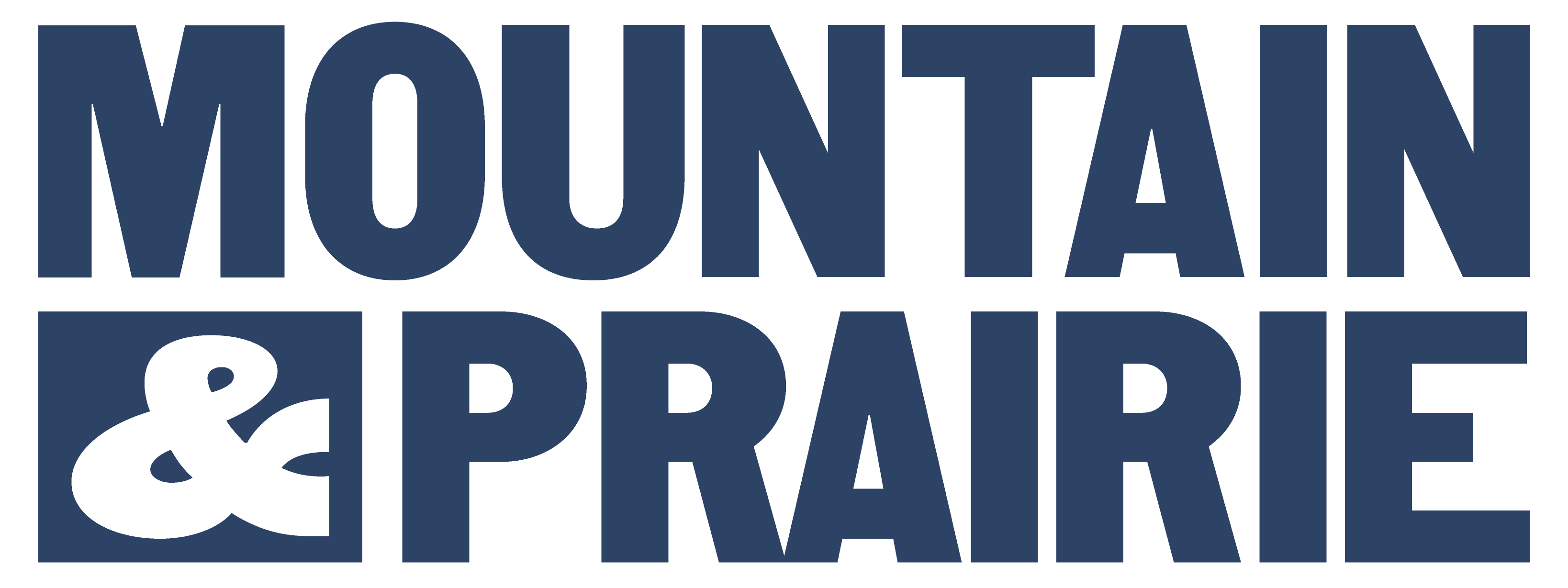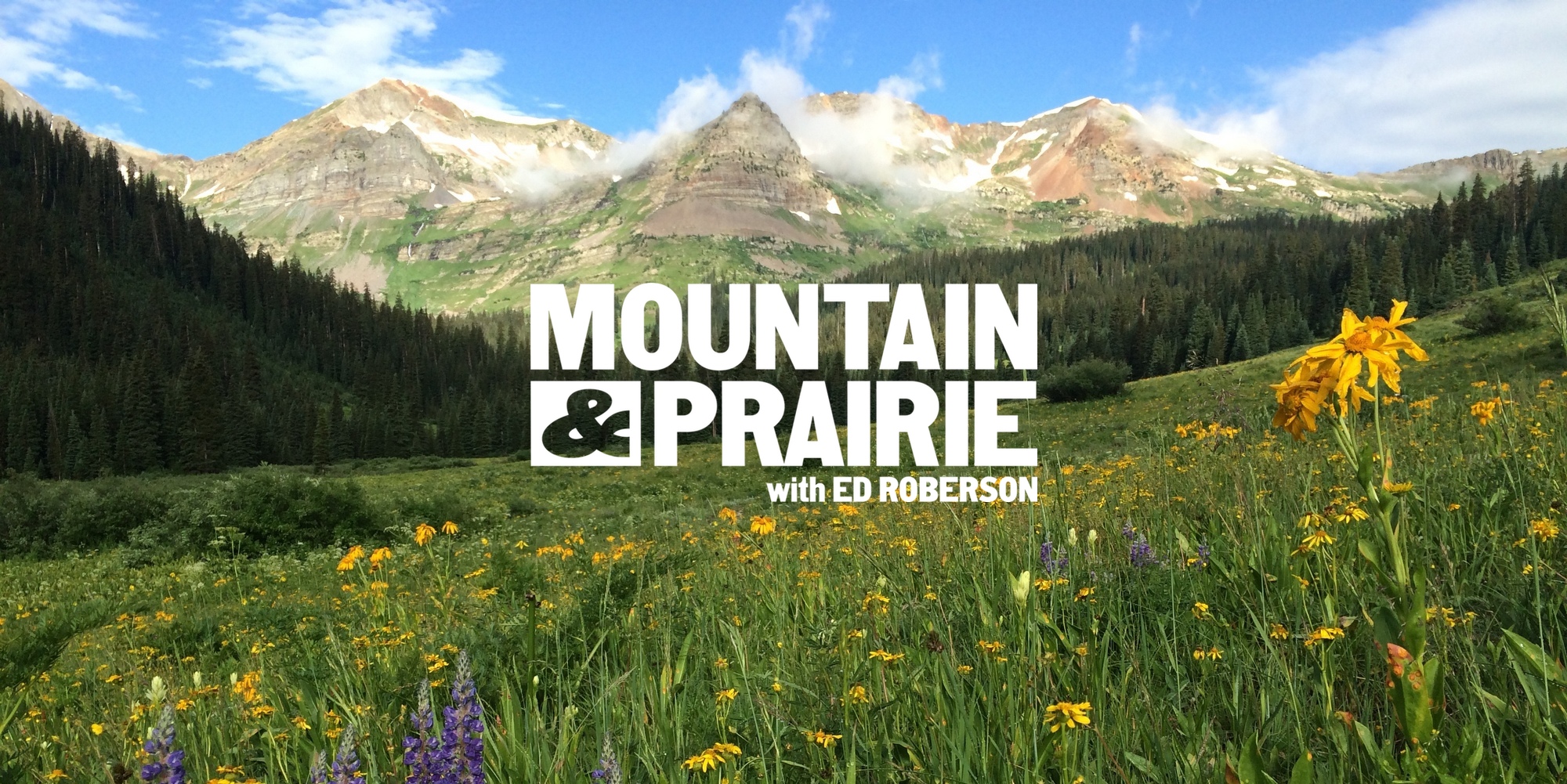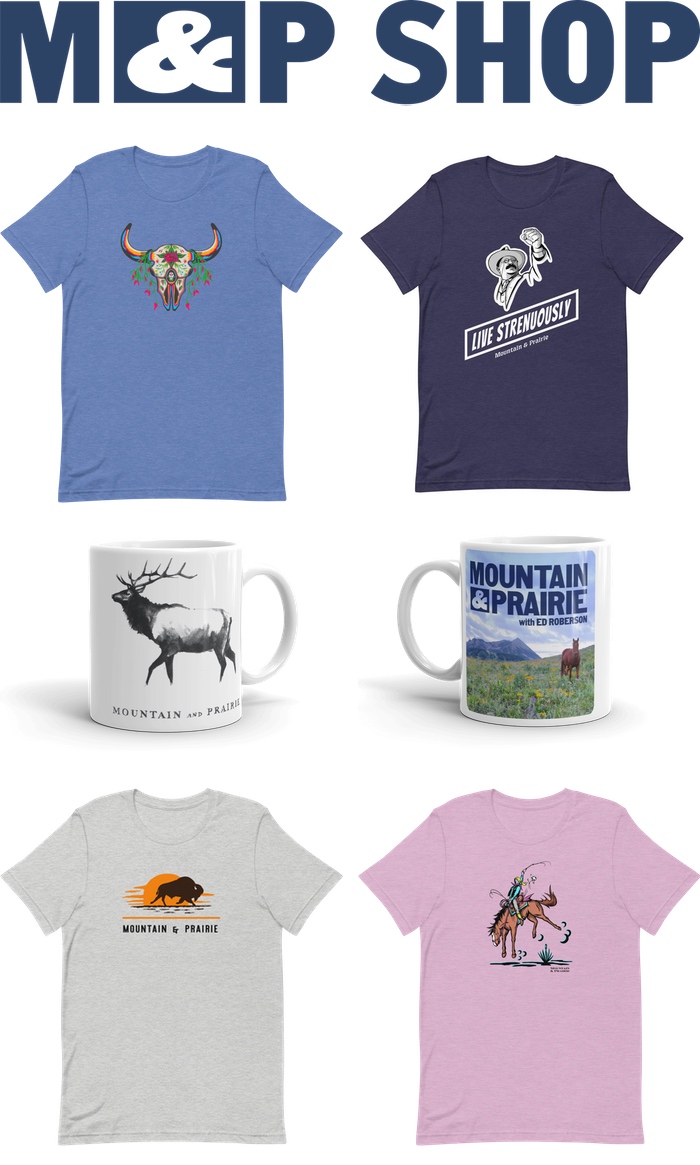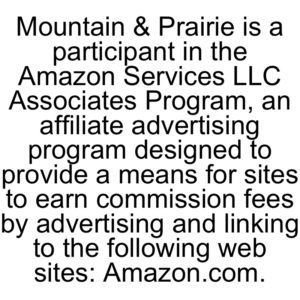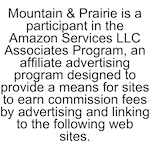Ranch Broker Essential Characteristics
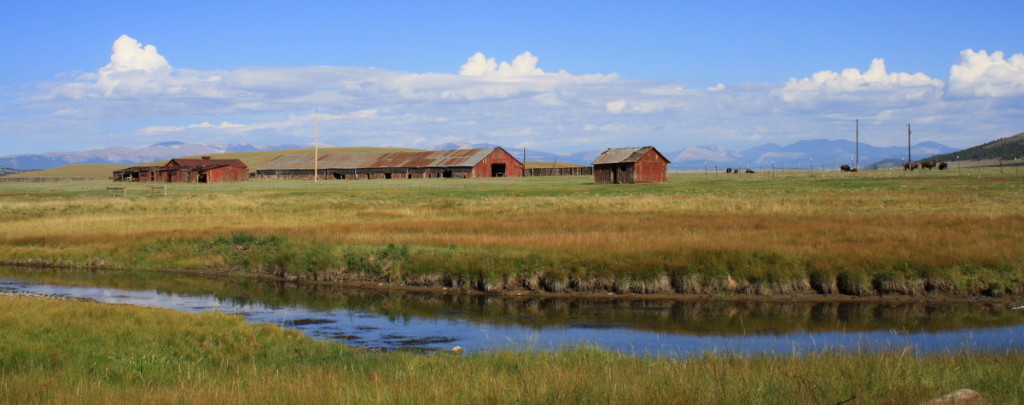
Be sure to check out part one of my six part series on the Six Essential Characteristics to look for in a ranch broker. Part One discusses the indispensable importance of experience.
It sounds simple and obvious, but you’d be surprised at how many times I come across residential real estate agents with absolutely no experience in ranch or land brokerage trying to represent landowners or buyers of multi-million ranches.
Given the ridiculously low barrier to entrance into the real estate brokerage business, the market is filled with clowns who generally have no idea what they are doing and bring no value to (or deduct value from) the sales process.
The bottom line is simple – Make sure your ranch broker has verifiable, applicable experience!
New Listing: Centaur Meadows Ranch
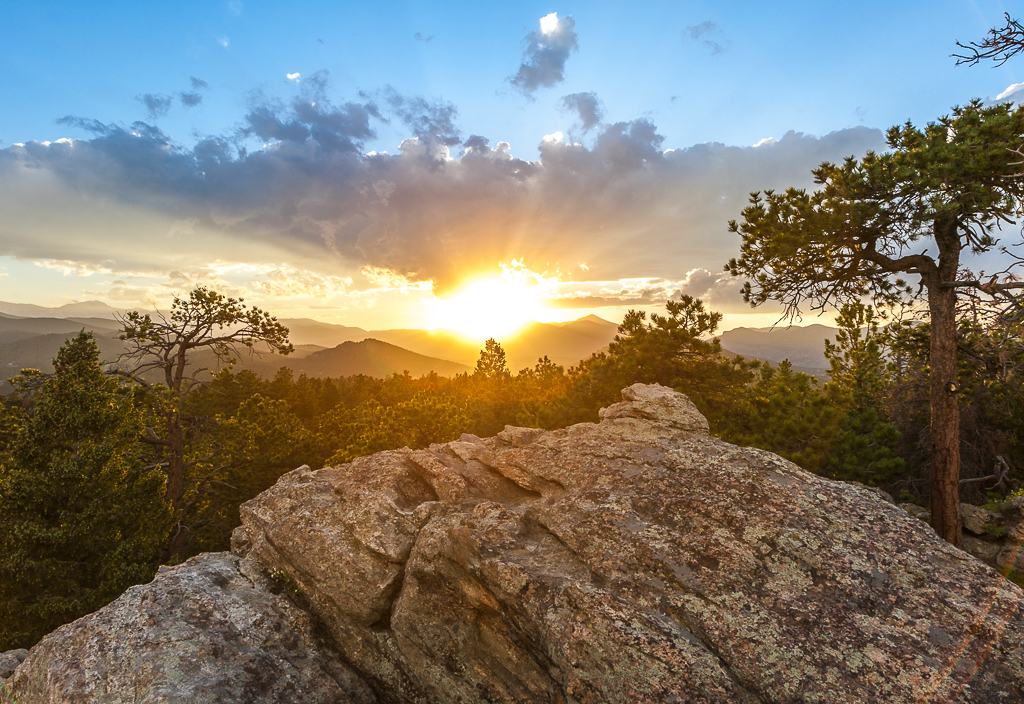
Click over to the Mirr Ranch Group site for information on my newest listings, Centaur Meadows Ranch. Located just 30 miles from downtown Denver, the 456-acre property is one of the largest undivided ranches in Colorado’s Front Range. It has abundant elk and deer, panoramic views of Mt. Evans, conserved open space, and county-approved, developable homesites.
An Unchanged Western Tradition

I came across the following passage last week while reading TR’s The Wilderness Hunter. It’s amazing how little spring cattle round-ups and brandings have changed in the 121+/- years since he wrote these words. With the exception of a few small details, he could’ve been describing any of the spring roundups that are currently taking place throughout the American West:
“As soon as the herd was worked it was turned loose, while the cows and calves were driven over to a large corral, where the branding was done. A fire was speedily kindled, and in it were laid the branding irons of the different outfits represented on the round-up. Then two of the best ropers rode into the corral and began to rope the calves, round the hind legs by preference, but sometimes by the head. The other men dismounted to “wrestle” and brand them. Once roped, the calf, bawling and struggling, was swiftly dragged near the fire, where one or two of the calf-wrestlers grappled with and threw the kicking, plunging little beast, and held it while it was branded. If the calf was large the wrestlers, had hard work; and one or two young maverick bulls, which had been passed by in the roundups of the preceding year-fought viciously, bellowing, and charging, and driving some of the men up the sides of the corral, to the boisterous delight of the others.” – The Wilderness Hunter by Theodore Roosevelt.
Summer Reading – Great Books about the American West
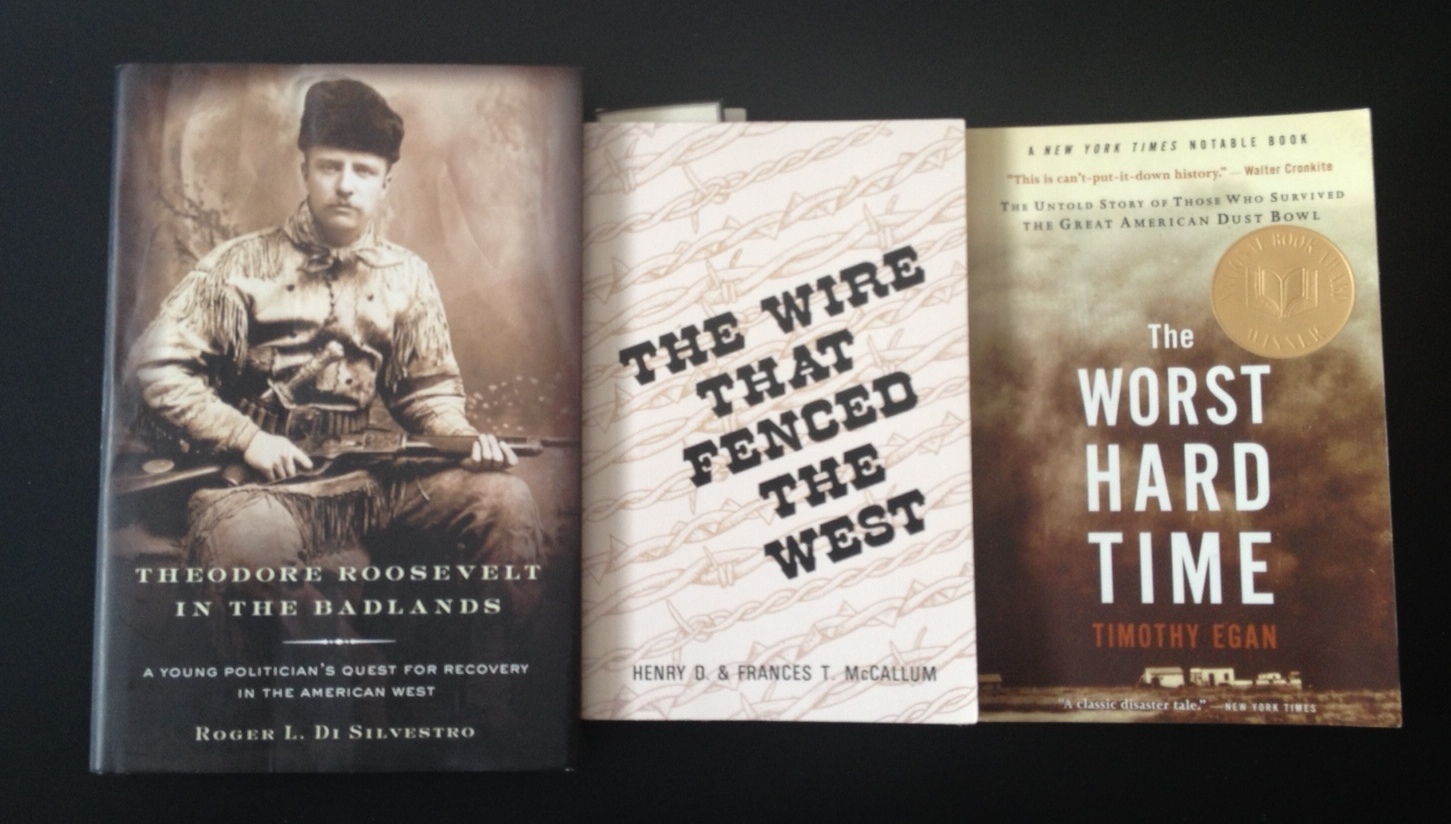
As we enter Memorial Day weekend and the unofficial beginning of summer, I wanted to offer up a few book recommendations for your summer reading list. I love reading, particularly non-fiction, and I try to read at least 40 substantial books per year. I’m fortunate that many of the subjects that interest me are also directly related to my work as a ranch broker in the American West… I guess I’d be out of luck if I were an I.P. attorney or a corporate finance cubicle jockey.
Here are five book recommendations that are interesting, entertaining, and will hopefully provide some new insights into and appreciation for life in the American West:
Theodore Roosevelt in the Badlands, by Roger Di Silvestro – If there’s been a book written about or by TR, chances are that I’ve read it. TR in the Badlands is one of my favorites. It focuses exclusively on the time he spent ranching, hunting, and living in the Dakota Territories during the mid to late 1880s. On Valentine’s Day 1884, both TR’s mother and wife died within hours of each other, from unrelated causes. This tragic event led the young TR to take a break from political life and devote his time to “the strenuous life” of the American West. There’s no question that TR’s time in the Badlands shaped his views on conservation, hard work, and love of the western landscapes and people. Great book, easy read.
The Worst Hard Time, by Timothy Egan – Anyone who’s spent time in southeast Colorado, western Oklahoma, or northwest Texas needs to read this book. It’s the story of the Dust Bowl of the 1930s, and it describes the settlement of the Great Plains, the boom and bust of the wheat markets, and the eventual drought that destroyed the land and the people who were trying their best to homestead the area. It is truly unbelievable what these people went through, and it’s shocking to learn about the huckster businessmen and government crooks who lured hardworking people into this disaster. It’s definitely a cautionary tale about speculation and disrespect for the land. (I’d also recommend Ken Burns’ documentary The Dust Bowl, but be forewarned that it’s depressing!)
For the Love of Land, by Jim Howell – On the cover, this book bills itself as a compilation of “cases studies of grazing,” but it is a far cry from some dry, boring, academic discussion of cows eating grass. The book starts with an overview of North American natural history, describing the way grazing herbivores and grasses evolved together and formed a symbiotic relationship. These grasses evolved to depend on large grazing animals to remove old growth, stimulate new growth, and plant their seeds. Howell argues that even though the large herds of grazing animals have disappeared, modern day ranches can use their livestock to mimic this pattern of grazing in “nature’s image.” It’s a compelling and necessary read, especially for those who may think that all grazing is bad or unnatural for our western landscapes. (Check out my post regarding this book over on the MRG Blog.)
The Wire Than Fenced the West, by Frances and Henry McCallum – Who would ever think that a book about nothing but the history of barbwire could be interesting? I have to admit, I was skeptical, but since reading it, I’ve found myself thinking about this book on a weekly basis. Yes, the first 25% is about the actual businessmen who patented and manufactured barbwire and can be a little tedious. However, once you push through, there is the fascinating story of the settlement of the west, private property rights, the rise of the cattle industry, and how the west became an economically viable landscape. Information gleaned from this book has given me a deeper understanding of some of the other history books I’ve read, and it gave me a new appreciation for barbwire – one of the most influential, game-changing, and highly underrated inventions of the last 200 years.
Lonesome Dove, by Larry McMurtry – At most, I read one fiction book for every thirty non-fiction books that I read – but this one is mandatory. One of the best books I have ever, or will ever, read. You should know this already, but it’s the story of a massive cattle drive from Texas to Montana during the late 1800s, and it describes the settlement of the American West in a way that no non-fiction book could ever do. There’s no point in my trying to describe the plot, the characters, or anything about it, because I can’t do it justice. Don’t watch the movie. Go buy the book and read it immediately!
——
Do you have any good recommendations? If so, contact me and let me know!
Ranch Assemblage Opportunity
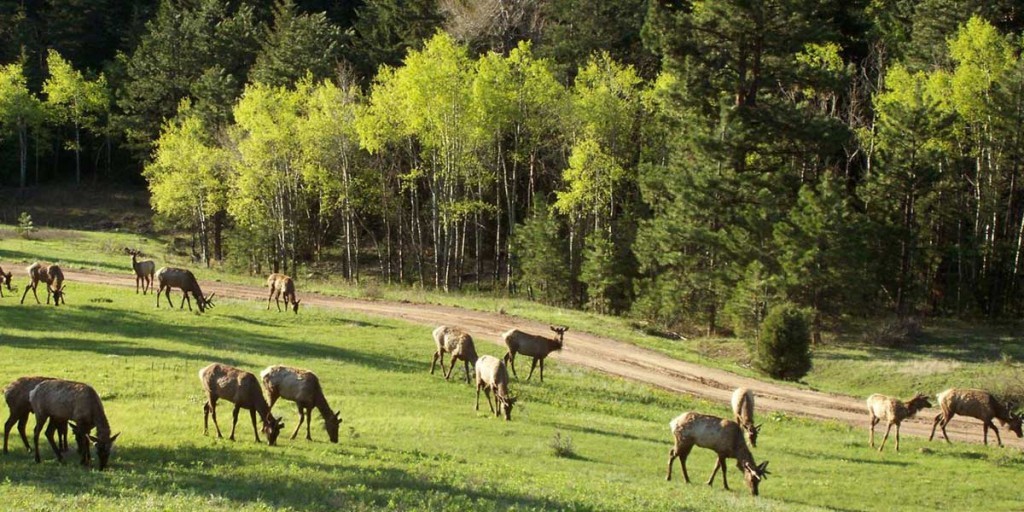
Shadow Wild Ranch + Circle Lazy R Ranch = One large, contiguous, private ranch, centrally located in Colorado’s Front Range. Head over to the Mirr Ranch Group blog for more information:
Colorado’s Landowner Preference
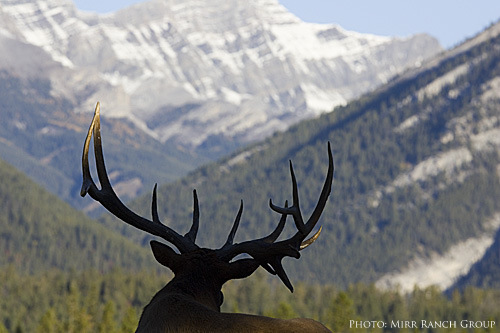
One of the many advantages of owning a ranch in Colorado is that landowners can receive preference when applying for hunting tags for elk, deer, and pronghorn. Colorado’s Priority Landowner Preference Program gives landowners a better chance of securing a big game tag, even in areas that are popular with the general public. Head over to the Mirr Ranch Group blog for more information:
It’s Denali Season

Back in 2008 and 2009, I spent the months of May up in Alaska, doing my best to reach the summit of Denali (aka Mt. McKinley). In 2008, terrible weather and sick teammates forced me to turn back just 1,000 feet from the summit. In 2009, our rope team was strong, the weather (mostly) cooperated, and I was fortunate enough to finally make it to the top. All told, I’ve spent somewhere around 47 days on that mountain; 47 of the most challenging and rewarding days of my life.
I just came across this well-produced video from the National Park Foundation about exploring Denali National Park, featuring many scenes of climbers making their way up the 20,320-foot mountain. The Alaska Range is an awe-inspiring landscape, and this video does a great job showing the hard-to-comprehend scale of the glaciers, mountains, and weather. Take four minutes to enjoy some scenes from the highest peak in North America:
(At the top of the page – My 2009 summit photo – From the top looking over Denali’s summit ridge, with Mt. Foraker in the background and the Kahiltna Glacier stretching out below.)
Wells and Springs
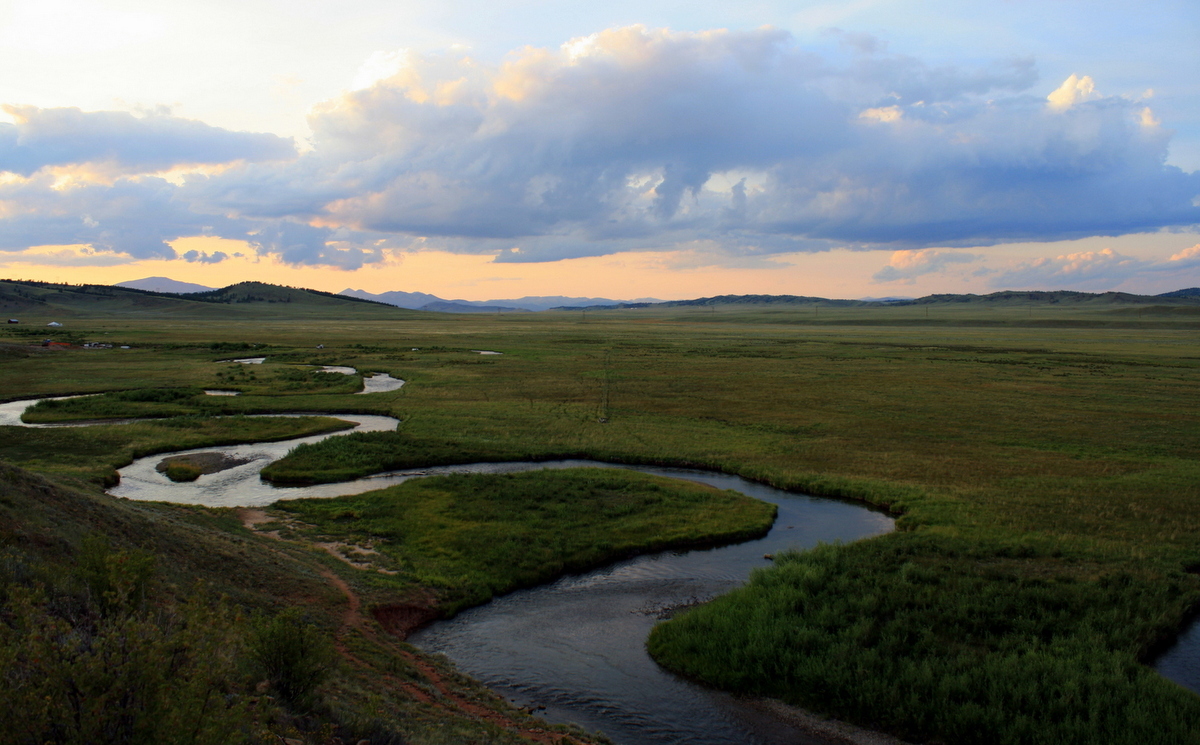
In the Rocky Mountain West, “whiskey is for drinking, and water is for fighting over.” So, to avoid finding yourself on the receiving end of a cowboy beatdown, you should fully understand the wells and springs on Colorado ranches. My new post on the Mirr Ranch Group blog shows you how:
How-To: Researching Well Permits on Colorado Ranches
Upcoming Ranching Conference

I’m very excited to attend tomorrow’s “Ranching and a West That Works” conference at Colorado State University. Mirr Ranch Group is sponsoring the event, and is free and open to the public. The agenda looks extremely interesting, so anyone involved in northern Colorado’s ranching community should definitely plan on attending. Be sure to RSVP.
A Welcomed Unbiased Opinion
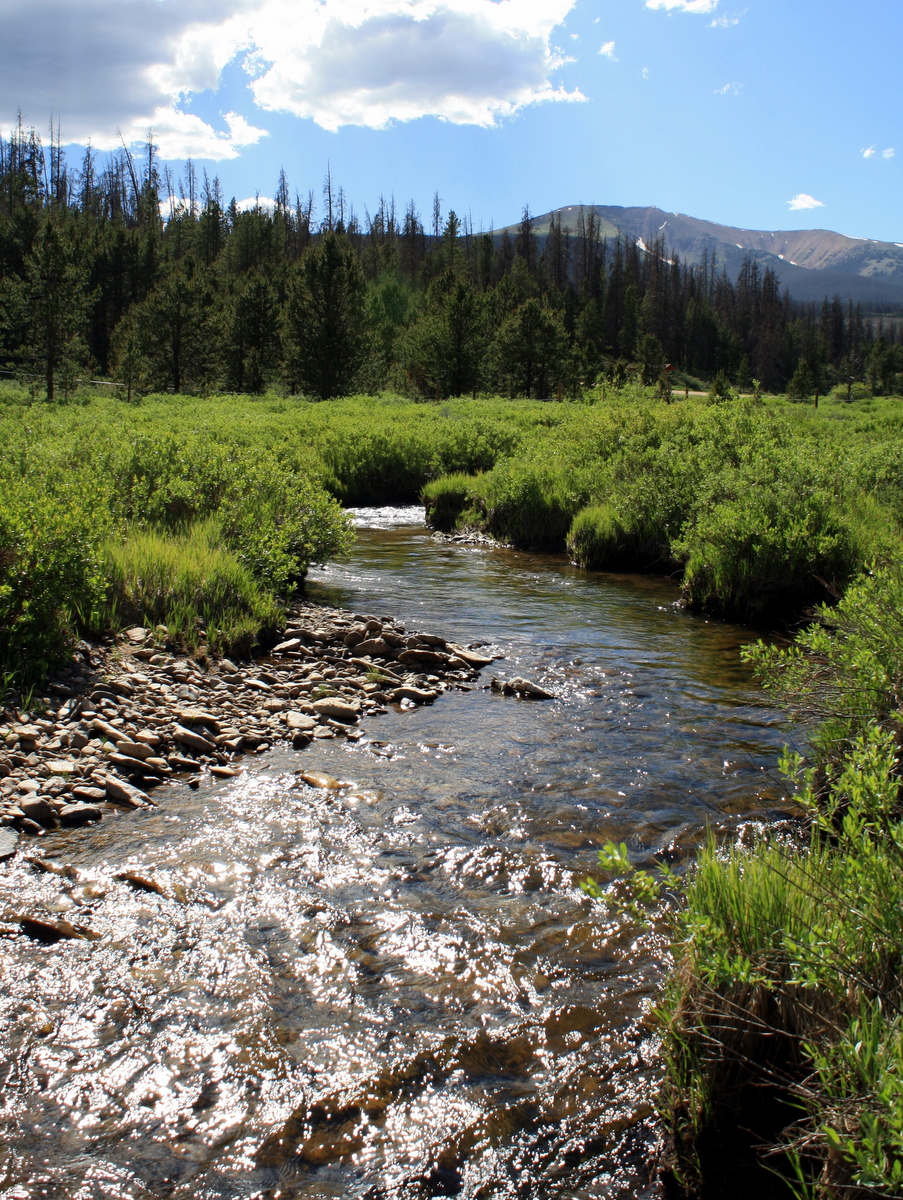
When researching ranches, I’m always suspicious of bold claims of “world-class fishing!” – “blue ribbon waters!” – “trophy elk!” More times than not, the truth is being stretched, so I always make sure to verify any fishing or hunting claims with unbiased third parties such as guides, Parks & Wildlife officials, or local residents. I’m sure other experienced outdoorsmen and landowners share some of my skepticism when it comes to these ever-present “fish tales.”
That’s why I was thrilled when Freestone Outfitters, an Orvis-endorsed fly fishing guide service, entered into a lease agreement to fish one of my current listings – Three Creek Ranch. Freestone’s desire to bring paying clients to the property speaks volumes about the caliber of the fishing, and Freestone’s longterm commitment to fishery management ensures that the property will continue to remain an excellent, productive fishery for years to come.
Easy-Access Adventures
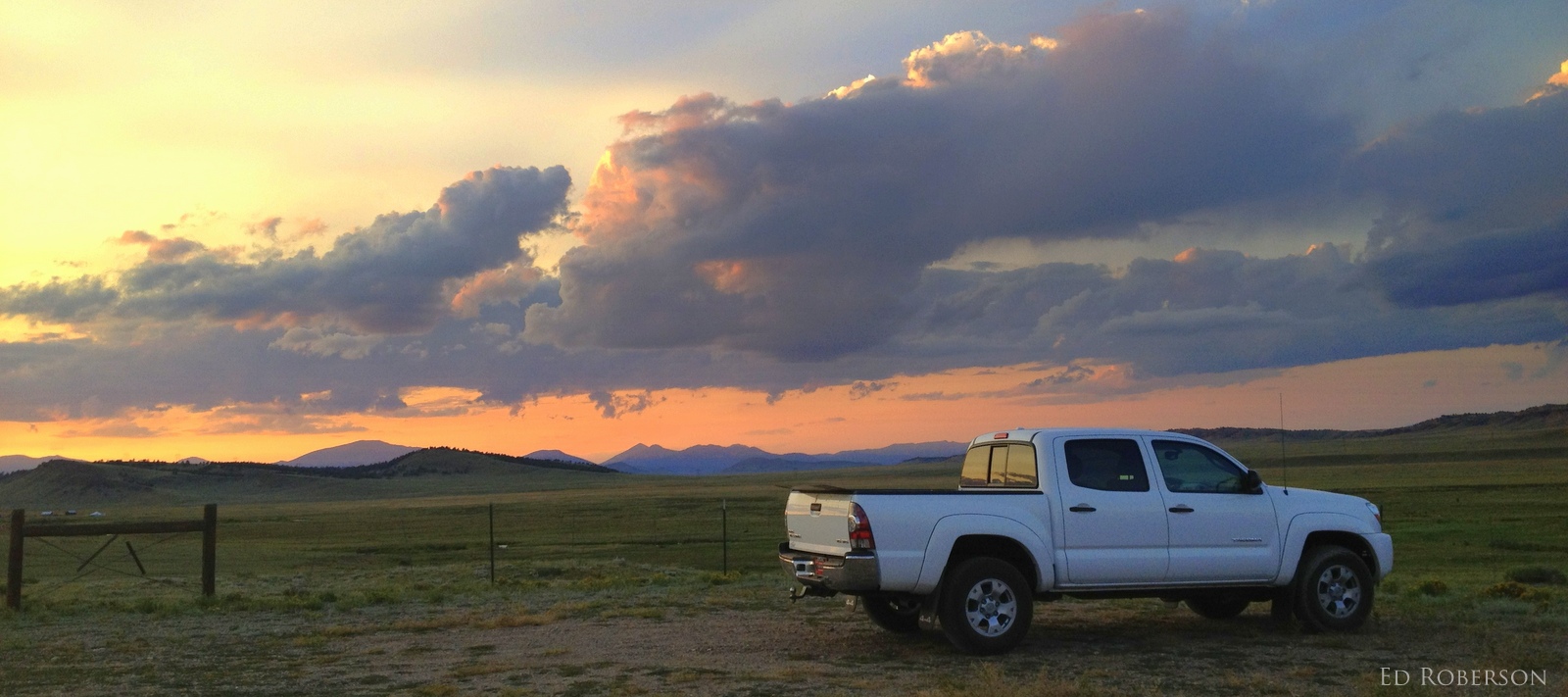
Check out my most recent post on the Mountain Khakis blog where I discuss several running, climbing, and fishing adventures that can be found only a mile or two from some of Colorado’s major thoroughfares:
An Indispensable Ranch Research Tool
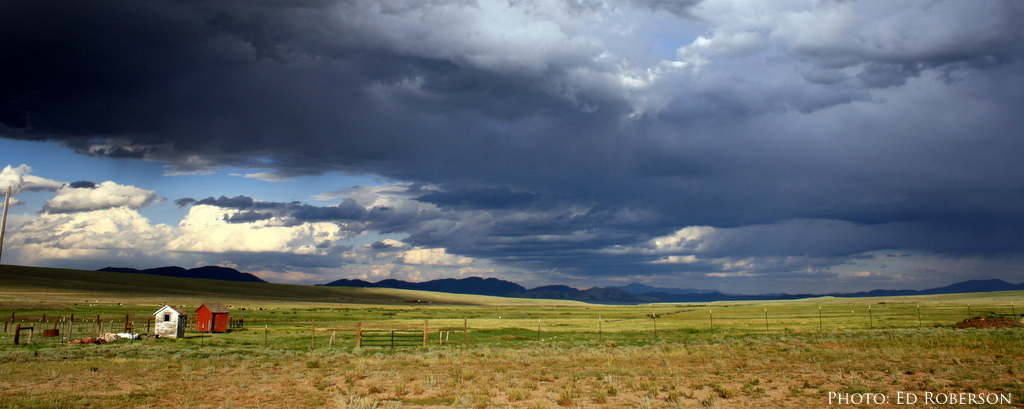
A relatively dry subject, but 100% mandatory to understand when conducting due diligence on a ranch that adjoins or surrounds BLM land.
A few weeks back, the entire Mirr Ranch Group team headed out for a morning of upland bird hunting at The Bluffs, a wingshooting preserve in Colorado’s eastern plains. Since we are all usually spread out visiting ranches all over the Rockies, it was great to get everyone together for a day of outdoor fun. You can see more photos over on the Mirr Ranch Group blog.
Conservation Excellence 2014

As usual, the Colorado Coalition of Land Trust’s annual conference – Conservation Excellence – was a huge success. Every year, the event is a great opportunity for Colorado’s conservation leaders to convene in a central location and discuss the successes and failures of the previous year and plan for the opportunities and challenges of the year to come.
I had the pleasure of speaking at one of this year’s sessions with friends from the Colorado Cattlemen’s Agricultural Land Trust, and Mirr Ranch Group was a sponsor of the event. For more information, head over to the company blog:
The Farm Bill, Ranches, & Conservation

Check out my newest blog entry on the Mirr Ranch Group site, where I discuss the 2014 Farm Bill and how it will help landowners conserve over a million more acres of working, productive farms and ranches.
Colorado’s Historic Flooding – A Panel Discussion
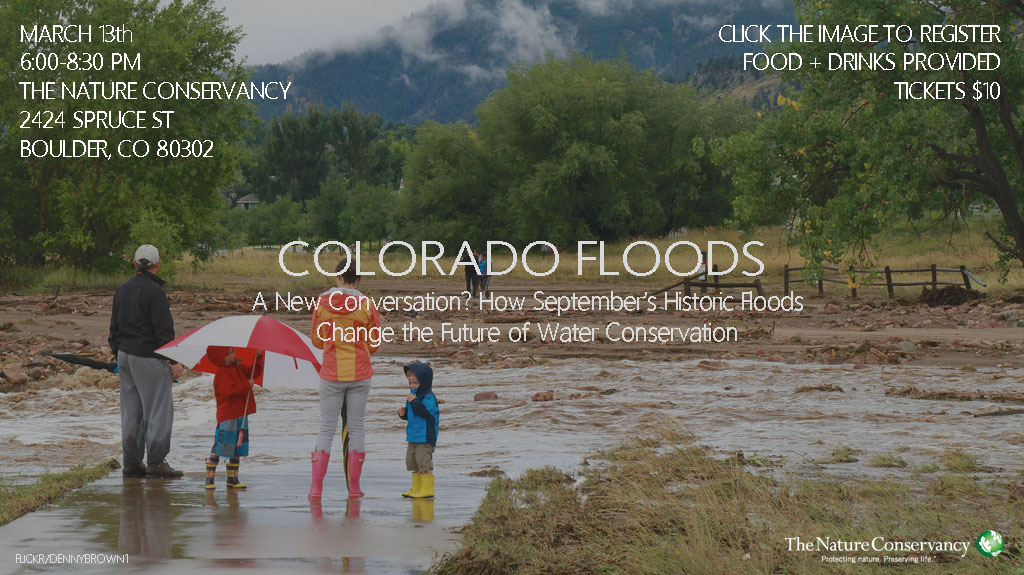
If you’re in Boulder on Thursday (3/13) evening, be sure to stop by the Nature Conservancy’s office for an interesting panel discussion about last September’s historic flooding. The event is being presented by the Nature Conservancy’s young professional’s group, The 13ers – Emerging Leaders in Conservation. I serve on a committee that helped to plan this event, so I’m very excited with how it has come together.
We’ll be hearing from three different conservation and water professionals about not only what happened when 19 inches of rain fell in 48 hours, but also about what opportunities for conservation have been created as a result of the flooding. It’s definitely going to be an interesting and informative event.
Click the link below for more information and to register. Free burritos by Dish Gourmet and beer by Upslope Brewing!
Colorado Floods: The Conservation Community’s Response to Last September’s Historic Flooding
The Importance of Agricultural Tax Status
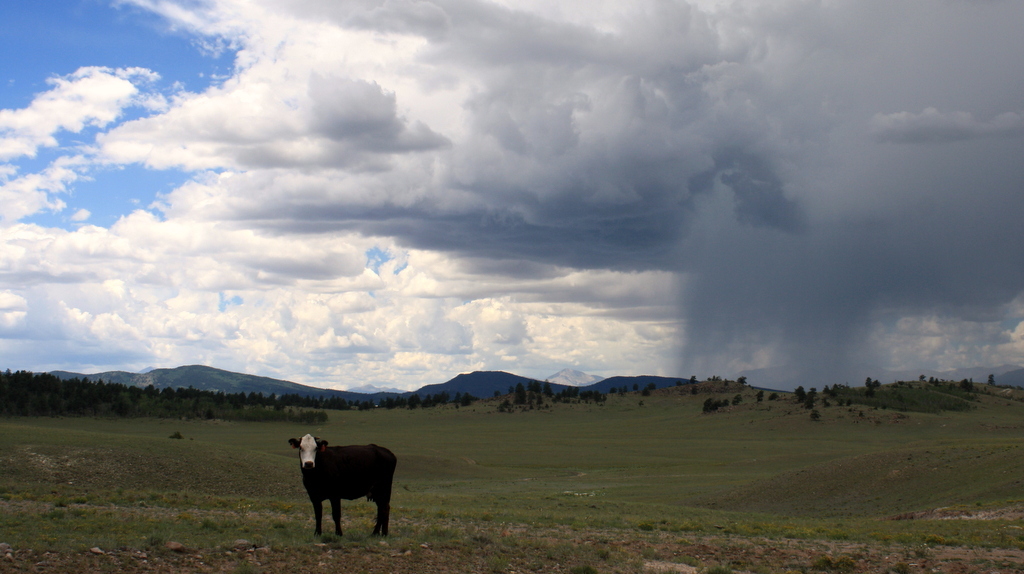
Head over the the Mirr Ranch Group blog to read my most recent post that covers the importance of a ranch’s agricultural tax status and the steps that must be followed to maintain that beneficial tax classification:
Jensen Ranch

Check out the new article on the Mirr Ranch Group blog about last week’s sale of the Jensen Ranch:
The Jensen Ranch is an extremely unique and private property, with a huge variety of terrain, wildlife, and rare plants, all on only 174 acres. It’s completely surrounded by Roosevelt National Forest, but only a few miles from the small village of Red Feather Lakes. I’m sure the new owners will enjoy the property for years to come!
Crested Butte’s Promontory Ranch

Be sure to head over to the Mirr Ranch Group site for more information on my newest listing – Promontory Ranch. The 255-acre property adjoins Crested Butte Mountain Resort on one side and Gunnison National Forest on the other, and the parcel accounts for approximately 1/5 of the private land in the town of Mt. Crested Butte. The ranch presents a unique opportunity for a wide range of buyers – development-focused, conservation-minded, or simple buy-and-hold investors.
Don’t hesitate to contact me if I can answer any questions.
Sneak peek of the Promontory Ranch… more info coming next week!
The Importance of Responsible Grazing

Head over to the Mirr Ranch Group blog for my latest post: The Importance of Grazing for a Healthy Ranch. In it, I discuss the evolution of grasses and grazing animals, as well as how grasses are most healthy when they receive heavy grazing and trampling followed by sufficient rest and recovery. Plus I give a great book recommendation.
Winter Solstice Running Motivation
Today, while running some of the trails over Boulder in the cold temps and falling snow, I was reminded of one of my favorite short films – The Runner in Winter. It’s a great profile of ultra runner Anton Krupicka, and it also showcases many of my favorite area trails, particularly the trails up and around Green Mountain. The film provides some great motivation to get out and enjoy the snowy trails, even on the coldest of days. Enjoy!
Ranch Marketing on the Web
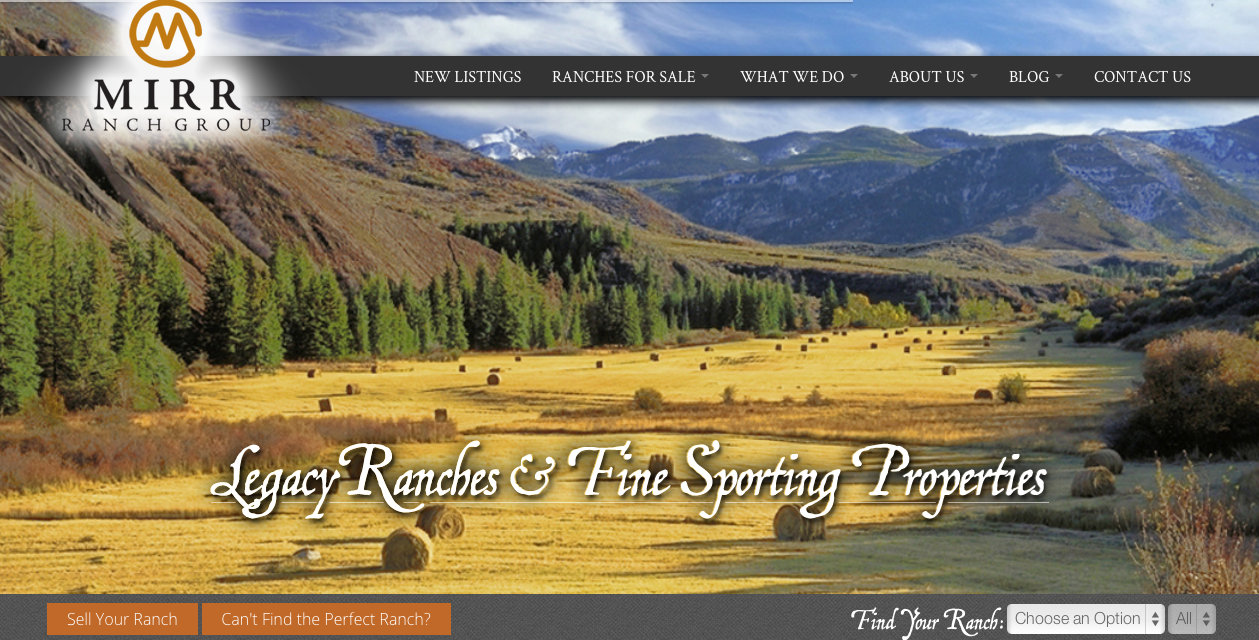
A well-designed, photo-centric website is a mandatory tool for marketing high value, Rocky Mountain ranches. Check out this week’s post on the Mirr Ranch Group blog to learn more:
Boulder in the News
Excellent article in this month’s Inc. Magazine about Boulder, Colorado and its emergence as a hub of entrepreneurial activity.
Why Do Entrepreneurs Love Boulder?
“Outdoor sports lovers and entrepreneurs share a common DNA: ‘Thrill seekers are drawn to this place,’ he says. ‘Once you get out here, you want the ultimate thrill in business, too, and that’s start-ups.’”
Mapping Ranches
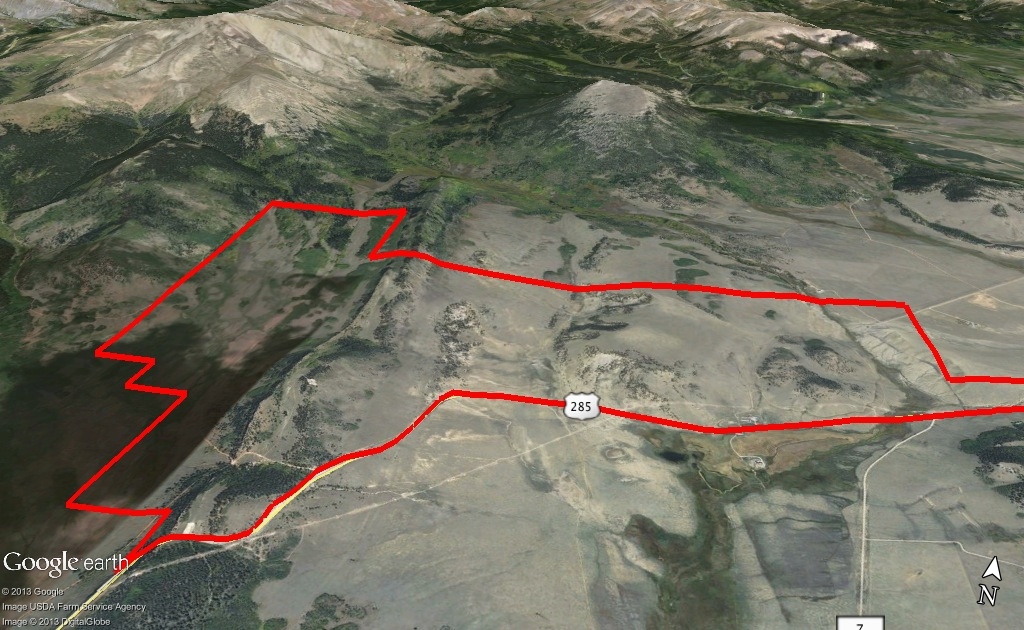
Despite unprecedented advances in mapping technology, I still routinely receive sloppy, crooked, hand drawn maps from brokers who are attempting to market multi-million dollar ranches. My new post on the Mirr Ranch Group blog describes some of the non-crayon mapping technologies that we use to effectively communicate the complexities of large Rocky Mountain ranches:
